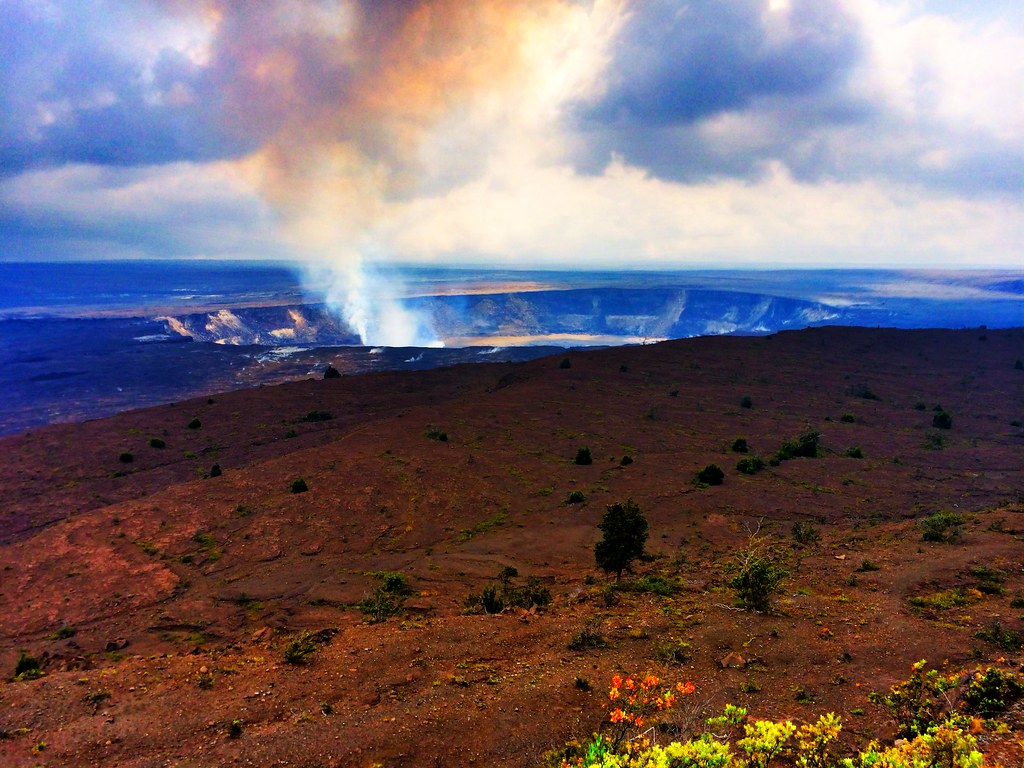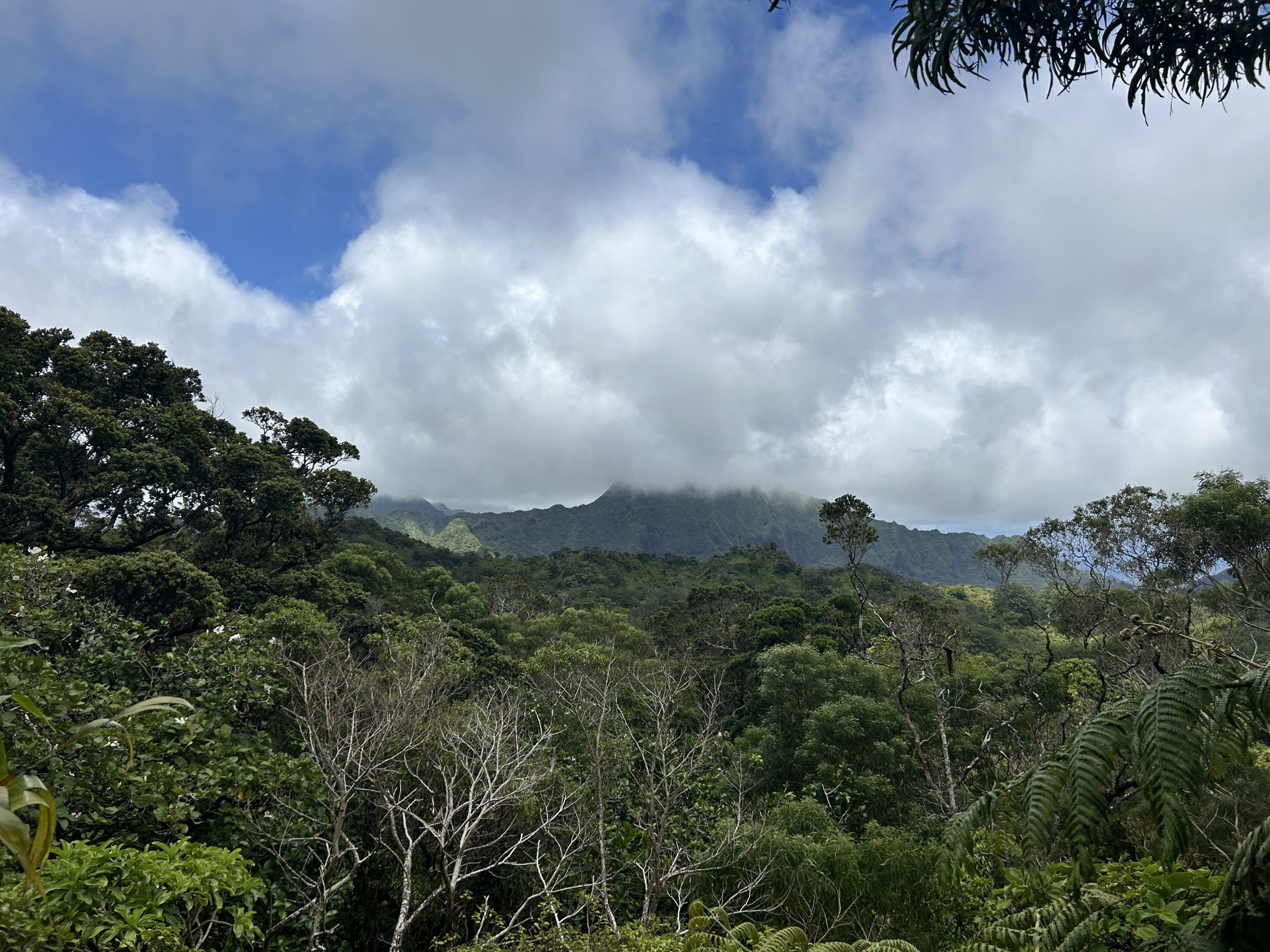
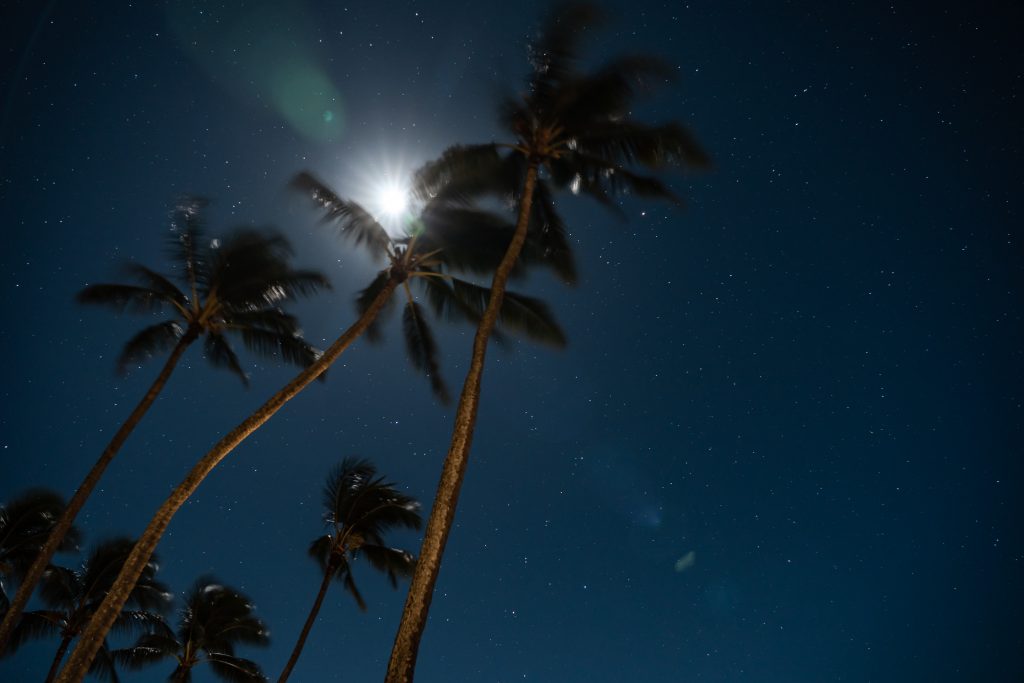

Dryland Agriculture
Moon Calendar
Indigenous Drought Perspective
Discover and understand how Hawaiians sustained rain-fed (unirrigated) farming for centuries to inform our current efforts to live sustainably.
The moon held immense significance in the lives of the Hawaiian people and became a dependable source of information for the survival of countless generations.
Understanding how original inhabitants of these islands dealt with drought and other stressors can educate society about how to prepare, adapt, and mitigate the effects of drought across different areas.
Discover the other 20 moon cycles and more using our Moon Calendar resource page.
Learn more Hawaiian weather terms with the Climate Glossary.
Climate Factsheets
These factsheets are the result of a collaboration among the Pacific Drought Knowledge Exchange (PDKE), Hawai’i Department of Land and Natural Resources Division of Forestry and Wildlife, the National Park Service, the East-West Center, the United States Department of Agriculture – Forest Service, the University of Hawai’i, and the United States Geological Survey – Pacific Islands Climate Adaptation Science Center (PICASC), with funding support provided by PICASC.
Additional PDKE Climate and US-Affiliated Pacific Islands Factsheets
PU‘U WA‘AWA‘A
EXPERIMENTAL TROPICAL FOREST
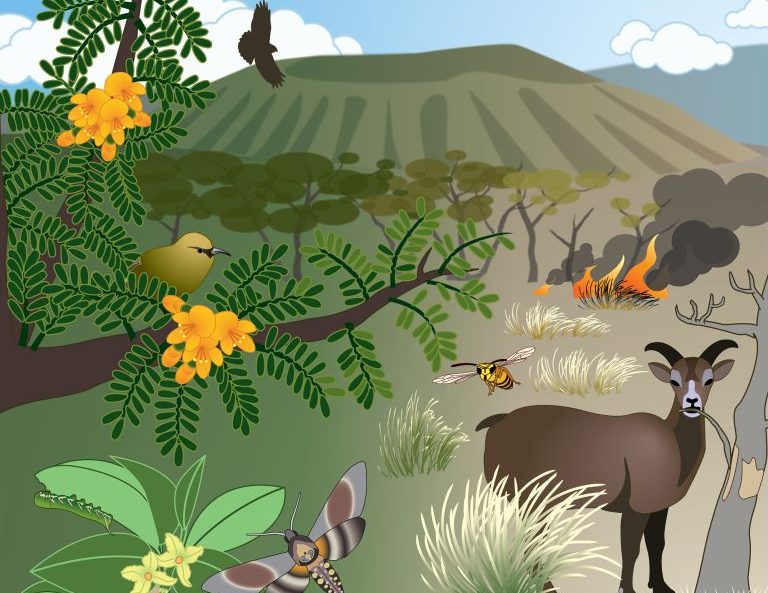
A 100-Year History of Drought at Pu‘u Wa‘awa‘a
(English) (Hawaiian)
Future Climate Projections at Pu‘u Wa‘awa‘a
(English) (Hawaiian)
Impacts of El Niño on Climate at Pu‘u Wa‘awa‘a
(English) (Hawaiian)
Fire History and Risk at Pu‘u Wa‘awa‘a
(English) (Hawaiian)
STATE
OF
HAWAI’I
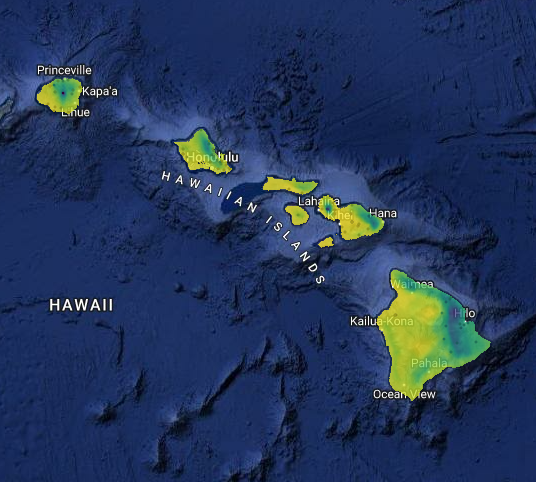
Drought & Non-Native Mammals in Hawai’i
(English) (Hawaiian)
Drought & Conservation Operations in Hawai’i
(English) (Hawaiian)
Drought & Ecological Restoration in Hawai’i
(English) (Hawaiian)
HAWAI’I VOLCANOES NATIONAL PARK
